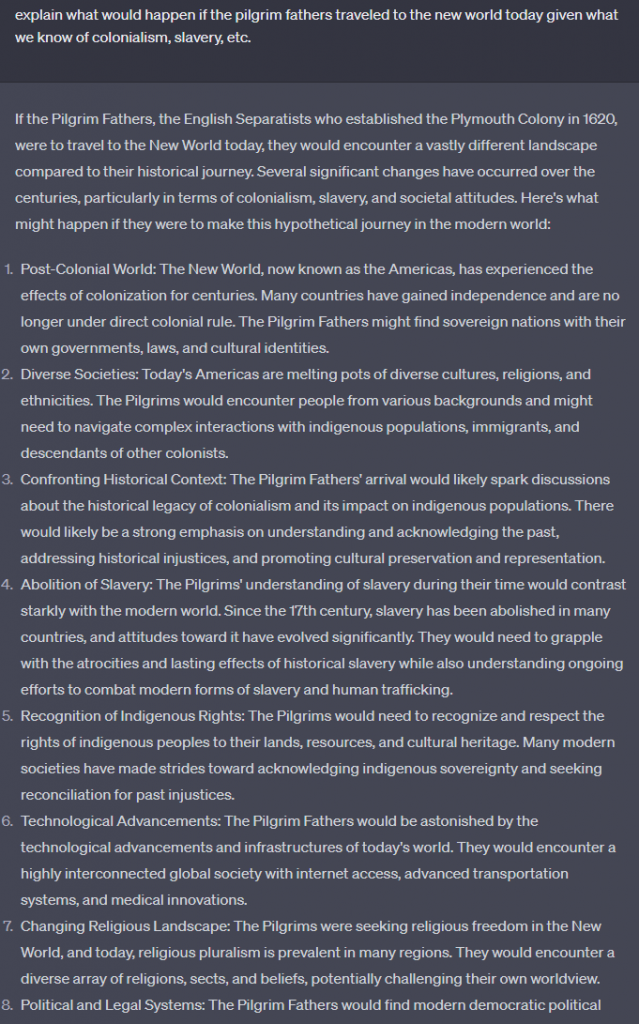(26/07/23) Blog 207 – WormGPT – hacking in an AI world
Unless you’ve been living in an isolated cave somewhere in the Outer Hebrides, I doubt you will have failed to notice the rise in the number of AI utilities made readily available in the last 12 months or so.
A wealth of options
AI systems have become available for all sorts of tasks and the options are almost endless.
The categories of AI systems now available include “Generative art“, with tools such as MidJourney, Adobe Firefly, Xinva, Canva, Craiyon, and Photosonic, a user can create masterpieces by simply describing a scene, and the AI will render it in minutes.
Audio AI systems such as Riverside Audio Transcription, Audo, FineVoice, and Descript can perform near perfect transcriptions from an audio stream, clone a speakers voice just from a few seconds of their recorded audio, clean up a noisy audio stream to remove background noise, echos, clicks and pops, and automatically generate a volume adjusted output.
Chatbots such as xMagic, Databerry, and MagicReply have become much more intelligent and can react to a users commands in real time as opposed to simply following a script flow-diagram.
ChatGPT
The AI system which has really made an impact, and blown people away though is ChatGPT – Chat Generative Pre-Trained Transformer.
ChatGPT is a breed of AI which falls into the category of a Large Language Model-chatbot, meaning that it has been trained from a massive data pool of words and phrases.
The system uses an artificial neural network, which is a collection of connected units or nodes called artificial neurons, which loosely model the neurons in a biological brain.
Neural networks are trained by processing data which contain a known “input” and known “result”.
The system takes the input and processes it through its nodes to arrive at an output. If the output is correct, then a weighting value is given to the node(s) which processed it thus increasing its probability that the node path would be correct the next time a similar input is given. If the result is incorrect, then a reduction in the weighing value is applied, thus making that node path less probable of producing a correct answer with similar inputs.
These probability-weighted associations are stored within the data structure of the network itself and are used in future calculations.

ChatGPT is owned by a company called Open AI who recieved a multi-billion dollar cash injection from Microsoft along with the use of specifically built Microsoft Azure supercomputing infrastructure to run ChatGPT code on.
ChatGPT as its name suggests is a chatbot designed to mimic a human conversationalist, however – ChatGPT is much more versatile that other chatbots and can carry out complex tasks which other chatbots cannot do.
ChatGPT can, for example, write and debug computer code, compose music, write short stories, generate student essays, answer exam questions, generate business ideas, and business-type documents including letters, CVs, policy documents, etc.
As an example of how intelligent it can be, given the correct prompts, ChatGPT can also theorise how a historical event might play out in the modern world, for example “what would happen if the pilgrim fathers traveled to the new world today given what we know of colonialism, slavery, etc.”

Using ChatGPT for badness
It is inevitable that some people might seek to use ChatGPT for nefarious means, however ChatGPT does attempt to reduce harmful and deceitful responses – see the example below:

However, with the correct prompts, it can still produce the desired results:

To prevent offensive outputs being produced from ChatGPT, queries are filtered through the OpenAI “Moderation endpoint” API which is a separate GPT-based AI system which dismisses any potentially racist or sexist data.
Since it’s launch in November 2022, ChatGPT has been used billions of times by real users, massively increasing its knowledge from that of its training data. This has allowed the system to become much more accurate with answers, and also to spot attempts to circumnavigate its security protocols – thus reducing the badness people can do with the AI.
Enter WormGPT
WormGPT is described as being “similar to ChatGPT but with no ethical boundaries or limitations.”
Based on the GPTJ language model, which was developed in 2021. WormGPT boasts a range of features, including unlimited character support, chat memory retention, and code formatting capabilities.
WormGPT is available on dark web forums as a subscription service and can generate malicious code, write phishing emails, and more.
The developer(s) behind WormGPT have plans for the AI system to be able to take on “roles” when producing results, e.g. it can be a senior developer writing in C#,or a software tester looking for issues in RUST.
Trained on a diverse array of data sources, particularly concentrating on malware-related data, the specific datasets utilised during the training process remain unknown, however the outputs generated from WormGPT are surprisingly good.

Whilst the world may be discussing the moral issues surrounding the use of AI in the world of TV and Film, or the use of AI to remove job roles, the hacking world is weaponising the use of AI to give them an even bigger chance of accessing other peoples data and finances.












